European Wedding Traditions To Make Your Own
When you plan a wedding abroad, why not delight in all the customs that make that destination so unique? Here are 8 European wedding traditions to try!
From cultural favours to mystical rituals, we’ve curated wedding traditions from eight countries around Europe so that you can sprinkle authenticity and charm into your celebrations.
France

French weddings are filled with whimsical beauty and the exuberant enjoyment of life, otherwise known as ‘Joie de Vivre’. Whether you decide to host your reception in a chic city hotel or a magnificent chateau in a rural wine region, your romantic soirée is bound to be a showstopping event. For a touch of sweetness, the wedding cake is typically replaced with a Croquembouche, a dessert consisting of choux pastry puffs piled into a cone and bound with threads of caramel. Another tradition here is to toast your newly married life with an opulent Champagne tower. Simply arrange your coupes into a pyramid and fill the topmost glass to the brim, letting it spill over into the lower layers - it makes a magical photo opportunity too!
Germany
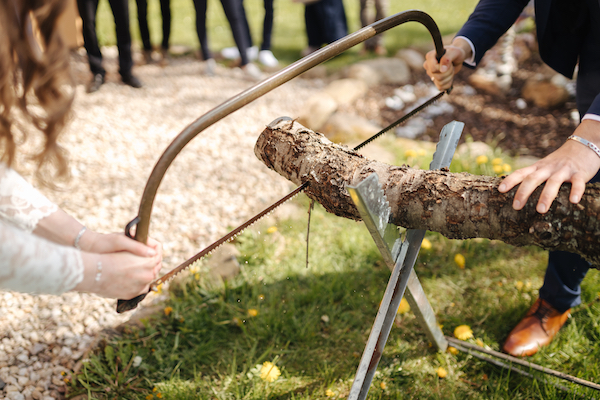
If you’re planning a destination wedding in Germany, you are bound to have a smashing time (quite literally!) A Polterabend takes place the night before the wedding when friends and family gather to break piles of porcelain to chase away evil spirits and bring good luck to the couple. When the wedding day arrives, a symbolic candle gifted by the bride’s mother is lit and it is relit at family occasions throughout their lives as a reminder of their special bond. A third and most curious German wedding custom is sawing a tree trunk after the ceremony. The act of cutting through the wood represents the first obstacle that the newlyweds must overcome, showing the strength of working together.
Italy
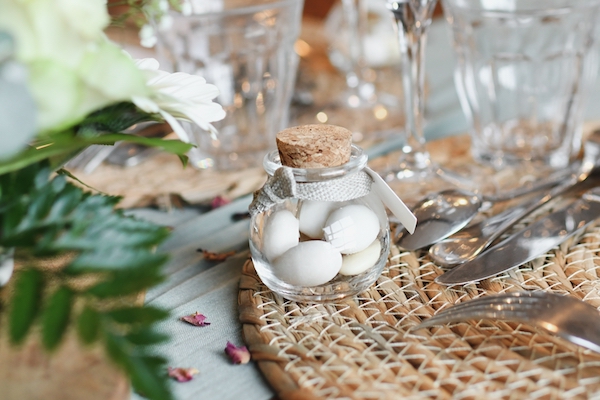
Italian weddings are the epitome of La Dolce Vita or ‘the sweet life’. From the rolling Tuscan hills to the sparkling azure waters in the Lakes, Italy promises painting-worthy backdrops at all corners of its map. Customarily, couples exit from the ceremony to a shower of confetti, but here it’s not petals or paper, it’s made of rice to symbolise fertility! Wedding favours in Italy are called bonbonniere and the most popular gift is a bag of sugared almonds, typically given in bunches of five, as odd numbers cannot be divided, just like the unbreakable bond of the newlyweds. Instead of a multi-tiered wedding cake, many Italians opt for Millefoglie, a light and delicious puff pastry layered with custard cream and fresh fruit - buon appetito!
Turkey
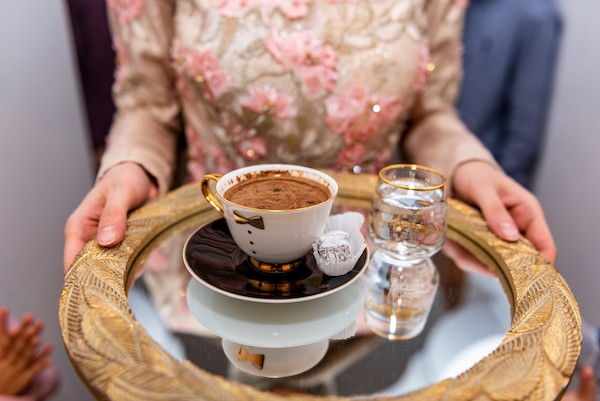
Legend has it that every Turkish bride makes her groom a coffee on their wedding day, but it is flavoured with salt instead of sugar! This taste test symbolises that not all aspects of marriage are sweet, plus if the groom coughs and finds the drink unbearable it makes an amusing scene! Another fun tradition to add to your day is writing all of the single ladies’ names on the bottom of the bride’s shoe. It is often thought that the first to rub off will get married next...Following the theme of luck is the famous Turkish Evil Eye, which is said to ward off bad spirits. Featuring these charms around your venue or as wedding favours brings a Turkish twist to your tableware.
Austria
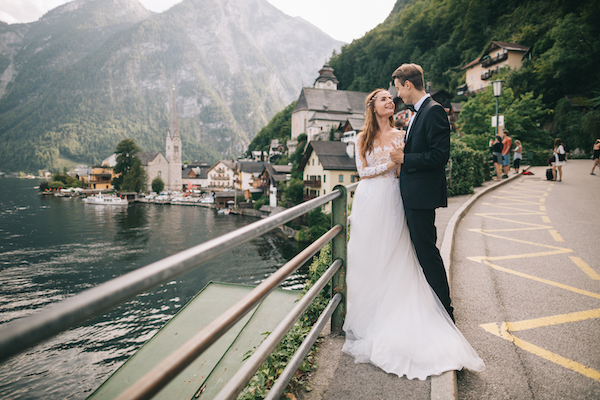
From alpine summits to imperial city centres, Austria is a tapestry of ultra-romantic scenery. Whether you marry in the mountains or beneath a cathedral spire, allow your day to be inspired by Austria’s rich history and culture. Believe it or not, midweek weddings have always been popular here, with Wednesday being the luckiest of all! Another unique and entertaining element of Austrian weddings is ‘kidnapping the bride’ during the reception, representing the bride leaving her family home and starting a new life with her husband. A third Cinderella-like custom you could incorporate is auctioning off one of the bride’s shoes to fill the newlyweds’ purse, with the final bid traditionally won by the bride’s father or groom.
Greece
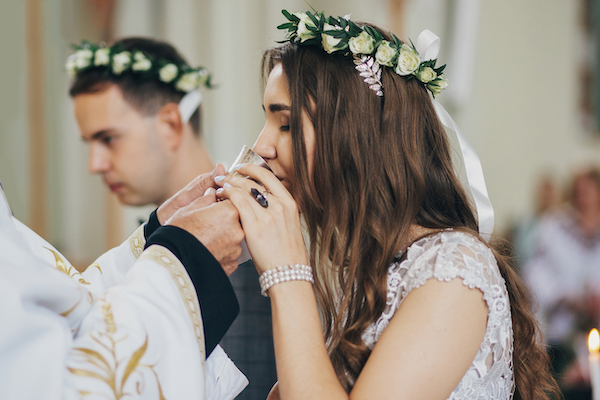
White-washed monasteries and aquamarine seas are the sought-after backdrops every couple dreams of for their destination wedding in Greece. To start the preparations, the Koumbaro, or Best Man, is commonly responsible for shaving the groom as a sign of trust and delivering the bride’s shoes filled with coins for luck. You could also tap into tradition by incorporating the intertwined marital crowns of Stefana in your ceremony, which are made from flowers, foliage or precious metals and symbolise the union of two people. Greek weddings are always full of music and dance, with popular routines including the Tsamiko, Zeibekiko and Sirtaki. Typically, the last dance is always reserved for the newlyweds, while guests pin money to their clothes to shower them with good fortune.
Spain
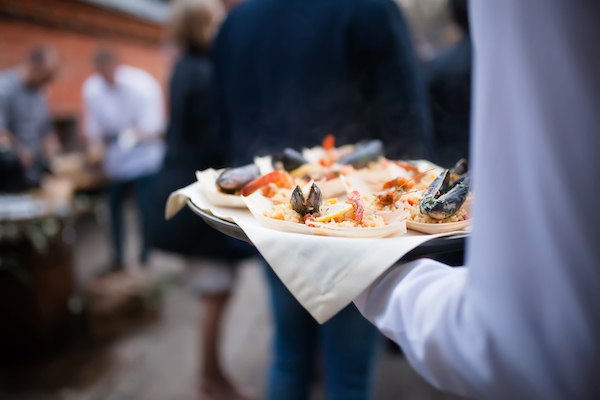
If you’re thinking of a lively Spanish wedding, you could break the white wedding mould and make a fashion statement! In Spain, it’s not uncommon to see a bride wearing a black dress and veil as it signifies the bride’s commitment and devotion to her groom “until death do us part.” When it comes to decorating your venue, the streets of Spain are filled with the citrus scent of orange blossoms in spring, spreading a message of fertility, love and joy, making it the traditional wedding flower of choice. The aromatic flavours don’t stop there, as paella is the number one dish in Spain to share at large gatherings and celebrations. You could incorporate this typical Spanish meal with a theatrical live cooking station so that your guests can watch the colourful rice bubble away in a large pan
as they mingle during the drinks reception.
Ireland
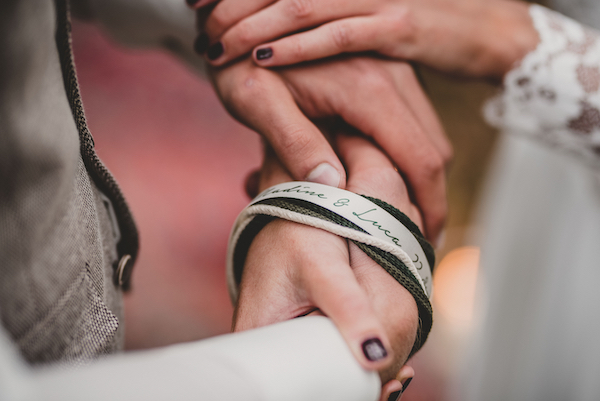
In the land of evergreen, your wedding day will be brimming with natural beauty and the soulful cheer of Irish culture. One of the ancient Celtic ceremony traditions involves handfasting when the officiant places a ribbon around the bride and groom’s hands while saying vows of commitment that they agree to aloud - this is the origins of ‘tying the knot!’ Another charming custom is presenting your betrothed with an Irish Claddagh ring which dates back to Roman times, featuring two hands around a heart with a crown. During your engagement, the heart is meant to be worn on the left hand with the tip of the heart facing outwards, and during the wedding ceremony, it is switched to face inwards towards the heart of the recipient.
Subscribe to our newsletter
For the latest news, magazine releases, trends, inspiration, wedding planning tips and exciting launches delivered straight to your inbox!









